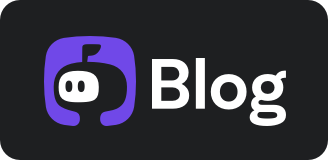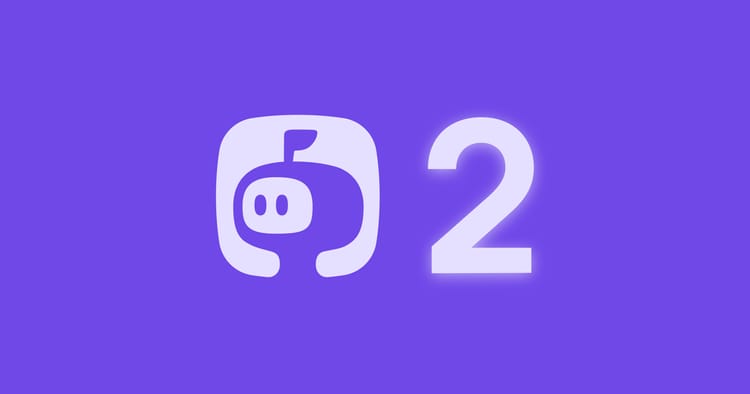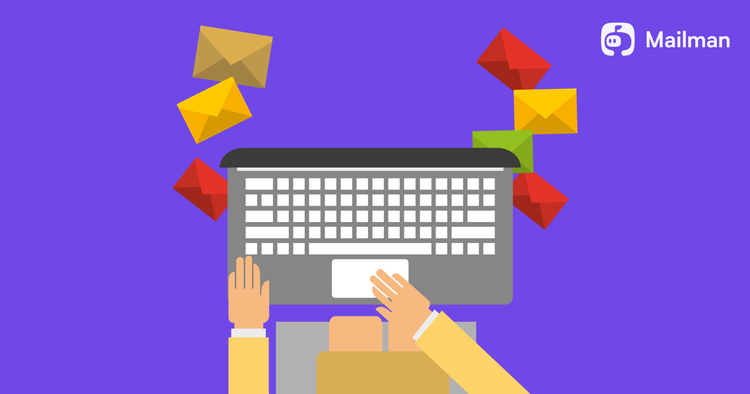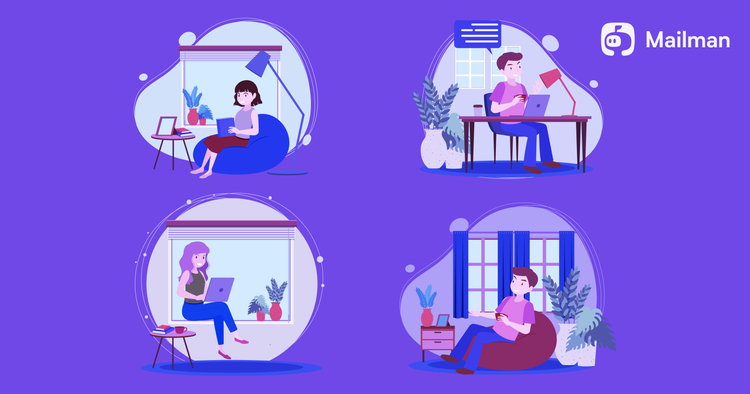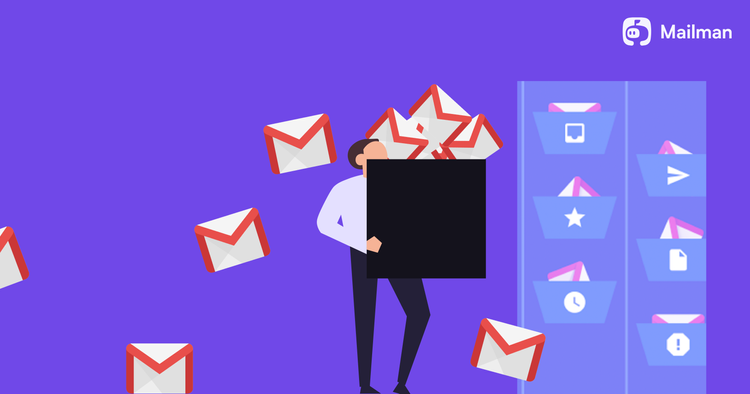Building 10 products in 12 months
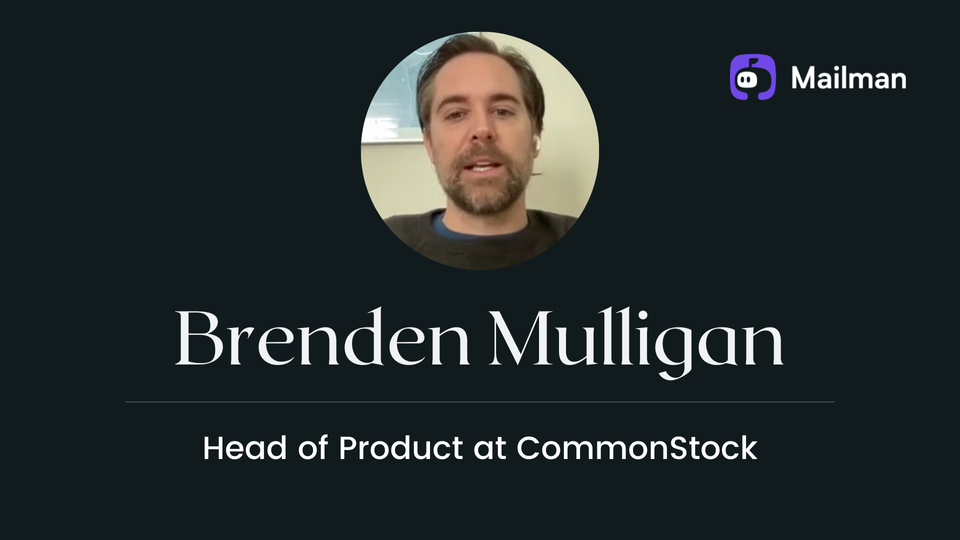
Just imagine, you have just successfully sold your startup that you worked on for years to a company like Google. What would you do next?
Maybe go on a trip to the Bahamas?
Or start an investment firm?
Or just chill around for a while and do nothing?
Brenden Mulligan, the person who sold his startup “LaunchKit” to Google, did none of those. Instead, he decided to go all-in on his love for building products. Over the next year of selling his company to Google, he built ten products in 12 months.
Not all of them succeeded; the goal for Brenden was not to make successful products. It was, instead, to rebuild his muscle of taking an idea, building on it, and taking it in front of people as soon as possible. That too, all on his own! Taking no external help or hiring people.
It sounds insane and a hectic undertaking. Doesn’t it?
But that’s just the kind of person Brenden is. A true serial builder. Taking ideas from 0 to 1 and doing it multiple times over and over again. That’s just what Brenden loves to do. It was his way of taking a break after some grueling years of running a startup and selling it.
I had the pleasure to get an insight into Brenden’s builder head. He talks to me about how he began his career journey, the many products he built along the way, and how he ended up at Google.
Besides, he also told me about how he spends his day, what he does to get creative, and why he always indulges in more than one project.
Let’s listen from the man himself.

Brenden introduces himself
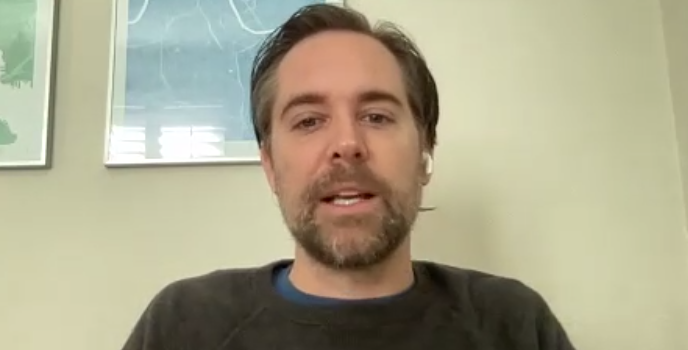
Hi, I’m Brenden Mulligan, currently the Head of Product at CommonStock, a company playing in the social fintech space. Besides, I’ve built a couple of dozen products in the past, some bootstrapped, some venture-backed. I’ve also sold companies to other companies like Google.
I’ve had a winding career, and the overall theme has been that I love building products.
On building ten products in 1 year
So that came after I had done a startup for 3-4 years and then sold it to Google, where again I spent 3-4 more years. When I left Google, I wanted to rebuild that muscle of taking an idea, building on it, and putting it out in the world. I wanted to go 0 to 1 on my own with no-one else involved.
Hence, I started building a framework that could help me rapidly deploy different projects. I wore all the hats for all the projects I made; that is, I did everything from coding to launching to marketing, basically everything.
Some of the projects were small 8-10 hour projects; others were multi-week to over a month to get the MVP out. If a project took more than a month, I knew it was too complicated, and that’s something I didn’t want to take up.
The approach was to build a product, put it out and see how it resonates. If it works, I will work more on it, and if it doesn’t, I’ll put it off or let the few people who want to use it, use it.
It was about experimenting with different ideas and testing different things. It was my way of taking a break after all those hectic years of working on a startup and selling it. This whole exercise was more about having fun, exploring myself, than building something really big and successful.
On his beginnings
I built crappy websites for people in high school to show off my “web-design and graphics company.” I made a website for my stepdad and a local restaurant. I think a lot of people get started that way.
My first real startup was called “Artist Data,” which was around 2006. It was around the time MySpace had come to life, and digital music was the thing. The music industry struggled to figure out how to manage postings on all these different websites about music tours. I had experience working in the music industry, so I built a tool to solve this problem. It was basically like, you enter tour details on this tool, and it’ll spread it across to all these different websites.
I spent 3.5 years working on that, and I went into debt as I had no clue how to build a revenue model around that tool. For me, that was the best education I ever got. Although, in the end, I was fortunate enough to sell it to another company in the music tech space. That got me out of debt, got me into San Fransisco, and set me on a path where I could do this again and do it better this time.
Even though “Artist Data” could not be a successful business, it was a great product, and it got me speaking at music conferences. I was constantly talking to musicians and hearing their pain points; one of the big ones that came up was websites to help them set up an owned audience on the internet like email lists. Sites like MySpace could fall apart one day, so musicians needed a medium to engage with their followers directly, and email is a great way to do that.
But how do they collect emails? By having their own site. My following product, “OneSheet,” solved this problem. It helped artists build their own websites, connected with their social media, and they could start building an audience by collecting email addresses.
More products that Brenden Built
Another product we made is “Cluster,” basically a location-based image platform. A tool to create an album by aggregating all the pictures taken at the same location at the same time. By everyone who’s there. It was so cool!
Eventually, we pivoted away from a location-based album to an album of known people together who could bond over a shared album, like the birth of a child album shared with the entire family. Cluster still has a bazillion users; a friend of mine runs it now.
We actually built multiple apps upon Cluster; they were 90% the same code base, 10% was to tailor it for the specific use-case we were targeting. For example, for teachers, we made an app called Homeroom. Using this app, teachers could share pictures of students via a shared album with the parents. It has features very tailored for schools. The app is still there.
The story behind the company that got acquired by Google
After building so many apps, we realized it’s a colossal pain to launch these apps. For example, if you wanted to check reviews, you’d have to go to the app store every day to check, or if you want your sales numbers, you’d have to go login to iTunes.
We ended up making a tool to pull all this information and put it in Slack, which was just getting started at that point. That tool we made was called “LaunchKit.” It was a set of integrations with Slack. So once you had launched an app, you could have a Slack channel where all your reviews would come in. You could have another channel for your sales. That was the product that started going crazy.
The other big problem that we solved was when you had to launch an app, you had to upload screenshots of different screen sizes – iPhone 4, 5, 6, iPad. It took forever to get these in place back then. We built a small product called “Screenshot Builder,” where you could upload one screenshot and export it in many different formats, which solved the problem.
We ended up building an entire suite of developer tools; all focused on launching iOS-based products. That was “LaunchKit,” and that’s what Google acquired. At the time, Google had acquired Firebase for their developer tools, and they also wanted to get into marketing tools. That’s where the LaunchKit acquisition happened.
On dabbling into multiple things.
I think it’s always good to have multiple projects or streams of conversation that remind you of what life is like on the outside. If you’re doing just one thing, you can get too enclosed in that, and it can hurt your worldview.
So I still do at least two things. I spent a lot of time last year coaching CEOs and product managers. I’d coach them around product management and hiring good product talent. I still do this with a couple of clients. I believe the best way to learn is to teach, so when I work with these heads of products and CEOs, I get to learn new things that I can even implement at CommonStock.
Besides that, I’ve one project that survived well from the ones I tried- “PodPage.” It’s a website builder for podcasters, as simple as that. It’s my favorite type of project as technically, it’s relatively simple, and it’s a tremendous value add for the community.
That project is at a maturity stage, so I don’t have to spend a lot of time on it actively. I have a team working on it. For me, it’s not something I have to work on; it’s just something I can work on for a couple of hours a week and put my builder hat on.
I’m not looking to build any more products now. CommonStock is at a stage where we are looking to scale, so the creative part of my brain is all going towards CommonStock.
Brenden’s typical day
I’ll put a caveat that we don’t have kids, so that makes it a little straight-forward. I usually wake up at around 7:30. From 8 to 9, I grab a coffee and walk our dog, who’s like our kid. While on the walk, I check-in with all the PodPage stuff that needs my attention. By 9, I’m at my desk to start my day at CommonStock. We have a team coffee at around 9:30 and the team stand-up at 9:45.
Work at CommonStock goes on till about 5:30 or 6. Then again, from 6 to 6:30, I’ll do another check-in with PodPage stuff. Then I start cooking with my wife and start winding down the day.
My wife’s a nurse; she goes to bed by about 9:30. If I stay up for a few hours after that, I’ll try to do some focused or creative work in those hours. Usually, I go to bed around midnight.
Exciting use of Google calendar at Google
When I was at Google and wanted to ask someone for coffee, they’d say, “Just put time on my calendar.” To me, it was weird to be able to manipulate other people’s calendars.
Another odd thing at Google was that if someone put something on your calendar and you didn’t decline it, it was a default yes. I took a little time to get used to this.
At Google, if you’re added to a meeting, you’re expected to show up unless you specifically say no. Anyway, that trained me to use the calendar to plan my day and keep track of my time.
Move your body to get creative
There was a time when I was experiencing intense anxiety, both in my personal and professional life. It was killing my creativity. At the time, I was the CEO of a company, and I was supposed to be creative, but I just couldn’t get out of my head.
I was working with an executive coach and a therapist, and both said that if you’re sitting and your brain is going crazy, you need to get up and move your body. Because if you keep sitting still, all your energy will go to your brain, and it’ll go crazy. So get up and get moving; that could mean doing a workout session or going for a walk.
It’s for that reason that I still go on a lot of walks. I use the fact that I have a dog that needs to be walked as an excuse to out and get myself moving. It helps me keep sane and also be creative when I need to.
Using Mailman to deliver happiness
I don’t use Mailman for the intended use case, i.e., avoiding distractions. But I use it for delivering happiness, so all my notifications for new product sales come to me in batches of happiness via Mailman.
All the messages that I get via Mailman are like that, a new subscription for my product or someone making a payment. In that way, Mailman delivers happiness for me.
One extra hour a day
I feel I have enough time in my day and don’t feel the need for an extra hour in my day. But if I could get a teleporter with an extra hour, I’d be sitting on the beach with my wife. I’d make it a rule not to spend that hour on anything productive. That would be the way I’d spend it.
How to follow Brenden?
I’m pretty active on Twitter (@mulligan). If you’re a podcaster, you can sign up on PodPage, and you’ll get an email from me, on which you can reply and start a conversation with me.
If you’re interested in buying and selling stocks and are interested in finance, you can sign up on CommonStock and start discussing investing and stocks with other brilliant people.
